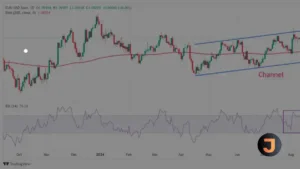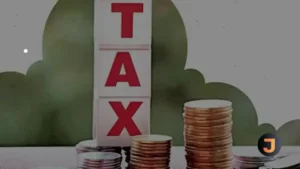An increase in government expenditure and a small cut in income taxes: these are among the key expectations of economists from Finance Minister Nirmala Sitharaman as she presents the final Union Budget for 2024-25 on July 23. Aditi Nayar, Chief Economist at ICRA, and Anubhuti Sahay, Head of India Economic Research at Standard Chartered Bank, discussed their expectations on the government’s revenues and expenditure from the Budget with CNBC-TV18. Despite the potential expenditure and tax cut, they expect the government to be able to stick to the fiscal deficit target at around 5.1%.
Revenue Projections
Nayar highlighted that the RBI dividend is about one trillion higher than what was put into the interim budget. On the tax side, gross-tax revenues could be around ₹40,000-50,000 crore higher than budgeted. After setting aside the devolution to state governments, approximately ₹20,000 crore extra would be left over for the Government of India, leading to a revenue upside of ₹1.2 trillion.
Sahay echoed similar sentiments, estimating ₹1.2 lakh crore of excess dividend flow from the RBI and a conservative excess tax collection of around ₹10 to ₹15K. Factoring in shortfalls from other non-tax sources like divestment and telecom proceeds, Sahay projected a net revenue excess of around ₹1 lakh crore.
Expenditure Expectations
Both economists anticipate an increase in government expenditure. Sahay mentioned that expenses could rise by around 0.5 to 0.6% of GDP, including higher food subsidy bills and potential support for farmer loan schemes and middle-income tax relief. She also noted that unallocated capex worth around 0.25% of GDP could be used to offset any increase in expenditure.
Nayar added that the ₹70,000 crore included in capex but left unallocated would likely get allocated, keeping the capex number at the interim budget estimate level of ₹11.1 trillion. She suggested that the revenue upside could be split equally into higher revenue expenditure or tax relief and reducing the fiscal deficit to about 4.9% to 5.5% of GDP.
Fiscal Deficit Projections
Both economists agreed on a fiscal deficit target close to 5%. Nayar estimated a fiscal deficit of around 5%, while Sahay projected it at 5.1%, considering the potential size of special assistance packages.
In summary, while there are expectations for increased government expenditure and potential tax cuts, both economists believe that the fiscal deficit target of around 5.1% is achievable given the projected revenue upsides and prudent expenditure management.






